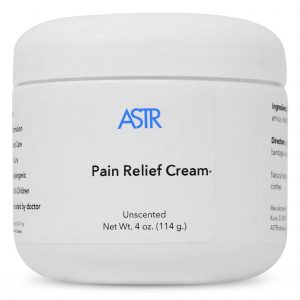Dry Needle: Uses, Outcome, Research Studies & Treatment
Dry Needle: Uses, Outcome, Research Studies & Treatment
What is dry needling?
Dry needling is a technique that requires the insertion of thin monofilament needles without the use of injectate (steroids and anesthetics) into the muscles, ligaments, tendons, subcutaneous fascia, and scar tissue.1 The technique is commonly used to treat these things stated above and also the body’s peripheral nerves and neurovascular bundles for the management of variety of neuromusculoskeletal pain syndromes.1
What does dry needling treat?
Dry needling can be used to treat a variety of musculoskeletal problems.3 This includes neck, back, and shoulder pain, tension headaches and migraines, and jaw pain. Also, it is often used to treat myofascial trigger points (MTrPs) which are localized hypersensitive spots in palpable taut band of muscle.2
Outcome of dry needling
Several studies have shown improvements in pain and/or disabilities are immediate or short-term by targeting trigger points (TrPs) using in-and-out techniques as in ‘sparrow pecking’ or ‘pistoning’.1 Although dry needling has been shown to immediately increase the pressure pain threshold (PPT) and range of motion, decrease muscle tone, and decrease pain with musculoskeletal conditions, there is a lacking of evidence that there is any long-term benefits.2 To date there in not any high-quality, long term trials that supporting in-and-out needling techniques at exclusively muscular TrPs exist.1
Effective Pain Treatment
ASTR trata dores musculares e articulares de maneira suave, eficaz e natural, abordando desequilíbrios musculares, tecido cicatricial, pontos-gatilho, restrições de fáscia, inflamação, postura, mecânica corporal que muitas vezes são a fonte da dor. ASTR adota uma abordagem holística para abordar as causas da dor, não apenas os sintomas. O tratamento ASTR pode ser feito em casa para dores musculares e articulares.
Referências
- Dunning J, Butts R, Mourad F, Young I, Flannagan S, Perreault T. Dry needling: a literature review with implications for clinical practice guidelines. Physical Therapy Reviews. https://www.ncbi.nlm.nih.gov/pmc/articles/PMC4117383/. Published August 2014. Accessed June 14, 2017.
- Gattie E, Cleland JA, Snodgrass S. The Effectiveness of Trigger Point Dry Needling for Musculoskeletal Conditions by Physical Therapists: A Systematic Review and Meta-analysis. Journal of Orthopaedic & Sports Physical Therapy. 2017;47(3):133-149.
- Trigger Point Dry Needling. Release Physical Therapy. http://www.releasept.com/physical-therapy-services/dry-needle/. Accessed June 16, 2017.
More Effective Treatment Than Dry Needling

- Resultados rápidos
- O tratamento demora cerca de 5 min por dia
- Ferramentas médicas fáceis de usar
- Abordagem holística natural
- Tratar a causa raiz do problema
- Inventado por um médico que tinha dores crónicas
- Apoiado por mais de 45 estudos
ASTR Excepcionalmente diferente
Revisões recolhidas em vários sítios Web
Cure mais rápido




